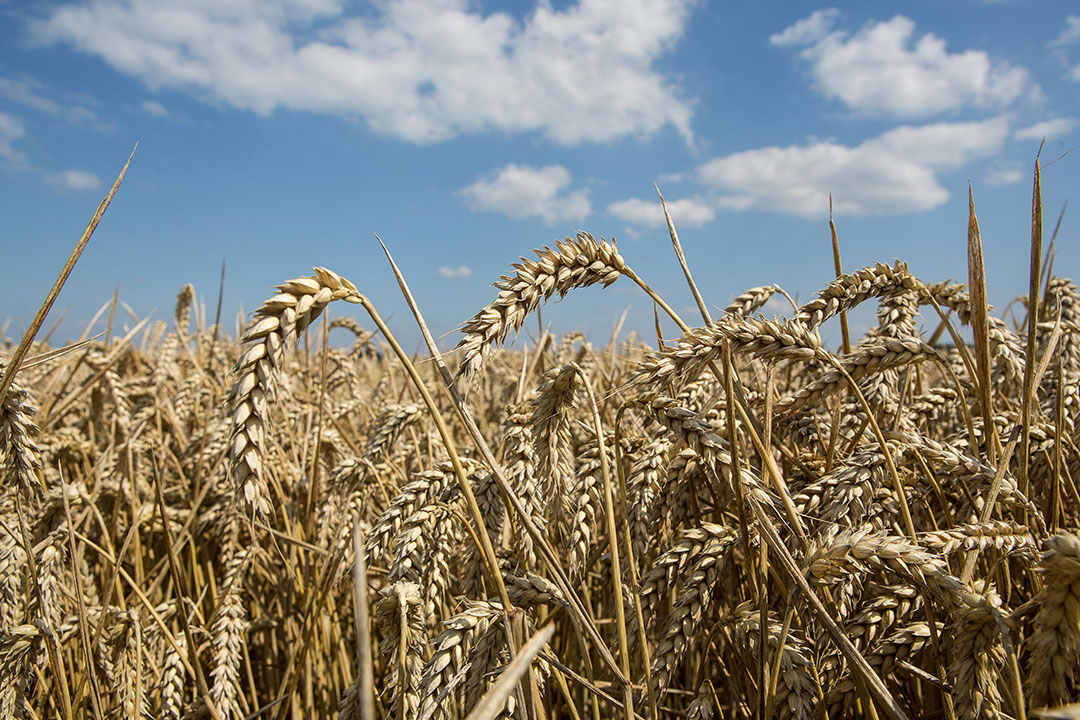
Grain prices are a crucial component of the agricultural industry, with significant implications for food security, world trade, and economic stability.
Learn the factors that affect grain prices and how they have evolved.
Grain prices are affected by various factors, including supply and demand dynamics, weather conditions, geopolitical events, and government policies. The most important driver of grain prices australia is supply and demand, with the market responding to changes in production levels, consumption patterns, and inventory levels.
For example, if a bumper crop and grain production exceeds demand, prices will likely fall as farmers compete to sell their produce. Conversely, if production is shortfall due to adverse weather conditions or other factors, prices are reasonable to rise as buyers compete to secure limited supplies.
Weather conditions are a crucial factor affecting grain prices, with droughts, floods, and other extreme weather events affecting production levels and quality. For example, a prolonged drought can lead to decreased crop yields, resulting in higher prices due to reduced supply. Similarly, flooding can damage crops, leading to lower quality beans and higher prices.

Geopolitical events can also affect grain prices, with political tensions and conflicts affecting trade flows and supply chains. For example, trade disputes between significant grain producers and importers can lead to tariffs and other trade barriers, limiting access to key markets and raising prices.
Government policies can also influence grain prices, with subsidies, taxes, and other regulations affecting production, consumption, and trade. For example, subsidies for biofuels can increase demand for grains, raising prices, while taxes on imports can protect domestic producers from the competition and lead to higher prices.
Grain prices have been volatile, with significant fluctuations driven by supply and demand shocks, weather conditions, and other factors. For example, droughts in major grain-producing regions led to sharp price increases, and wheat prices more than tripled.
More recently, grain prices have been affected, with disruptions to supply chains and changes in consumer behavior affecting demand and prices. For example, the closures and other restrictions have caused a decrease in the demand for ethanol, reducing the need for corn and affecting prices.
Several factors could affect grain prices in the coming years. Climate change causes more extreme weather events, including droughts and floods, which could affect production levels and quality. Also, changes in dietary preferences and population growth could lead to changes in demand for different types of grains, which would affect prices.
Grain prices are a critical component of the global food system, with significant implications for food security, trade, and economic stability. Supply and demand dynamics, weather conditions, geopolitical events, and government policies all play a role in determining grain prices, which have historically been volatile.
End
Many factors could affect grain prices, so monitoring these trends and developing strategies to mitigate risks closely is essential.






